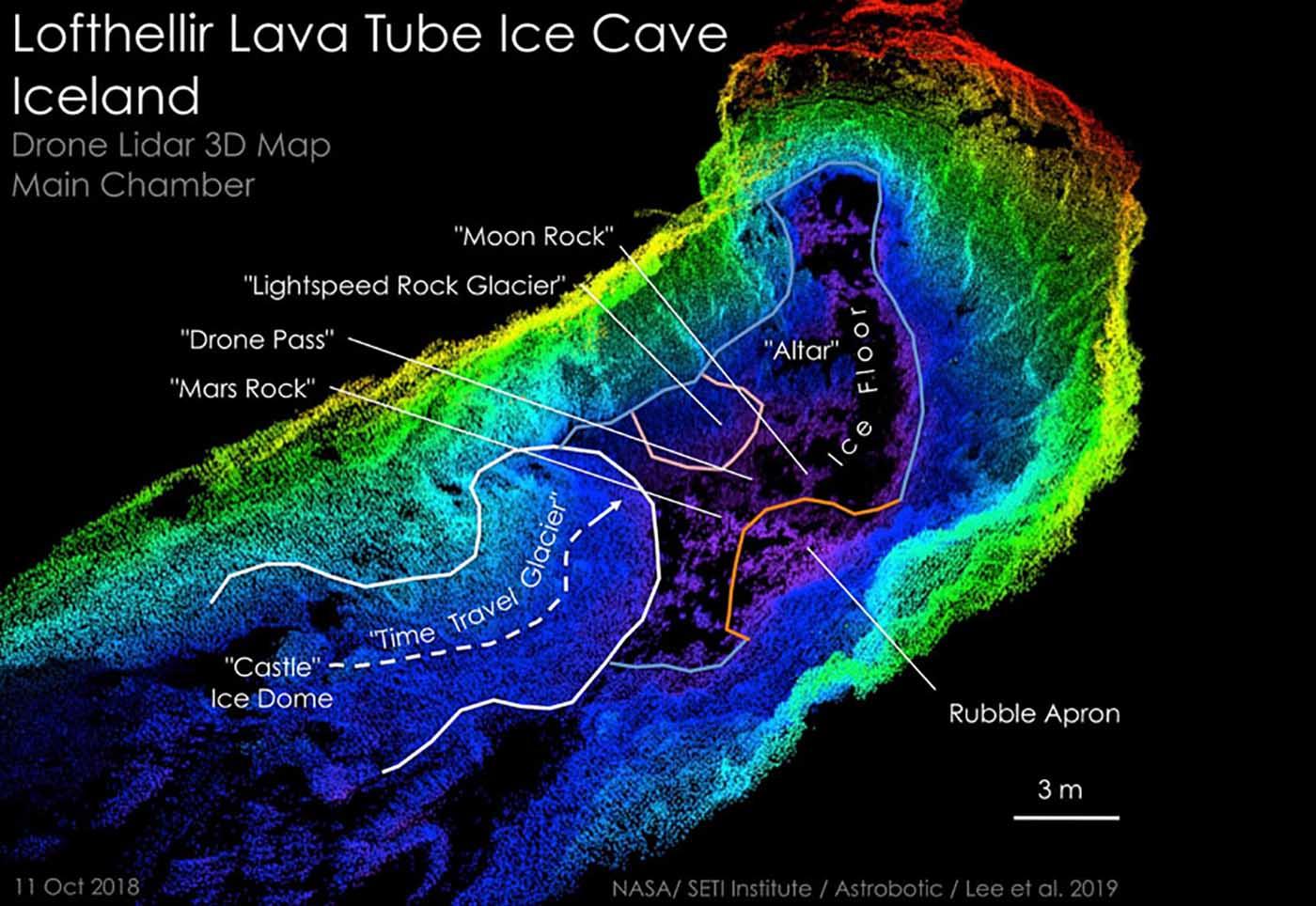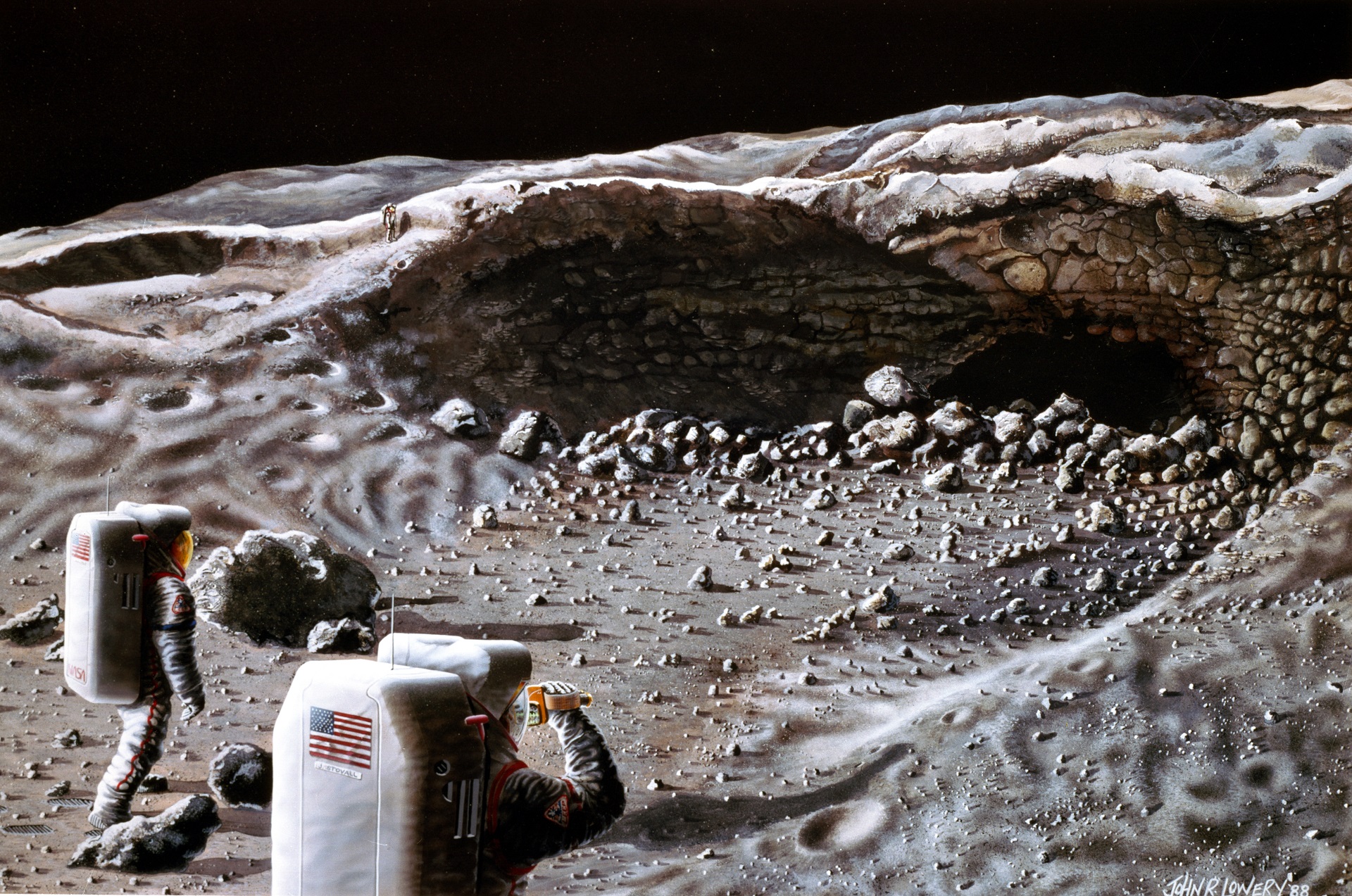Lunar Exploration and the Search for Moon Caves
Nasa moon caves – The Moon’s surface is dotted with caves, formed by ancient volcanic activity or impacts. These caves are of great interest to scientists because they could provide shelter from radiation and micrometeoroids, and could potentially contain water ice and other resources.
NASA has been exploring the Moon’s caves for decades, using a variety of techniques. In 2009, the Lunar Reconnaissance Orbiter (LRO) discovered a large cave at the Moon’s south pole. The cave is about 1 mile wide and 2 miles long, and it is thought to be one of the largest caves in the solar system.
NASA’s recent discovery of moon caves has sparked renewed interest in lunar exploration. However, the disappearance of Jay Slater in Tenerife, as reported by Alicia Winspear , serves as a sobering reminder of the dangers that lurk in both celestial and terrestrial realms.
Despite the excitement surrounding moon caves, it is crucial to proceed with caution, lest we repeat the tragic fate of those who have ventured too far into the unknown.
NASA is planning to send a robotic mission to the Moon’s south pole in 2023 to explore the cave. The mission will use a rover to enter the cave and collect samples of the soil and rock. The samples will be returned to Earth for analysis, and scientists hope to learn more about the cave’s formation and history.
Potential Scientific Discoveries
Exploring the Moon’s caves could lead to a number of important scientific discoveries. For example, scientists could learn more about the Moon’s geological history, the formation of the solar system, and the potential for life on the Moon.
While NASA’s moon caves hold the potential to revolutionize our understanding of the lunar surface, it is equally important to recognize the contributions of dedicated individuals like trainee IAS officer Pooja Khedkar. Her unwavering commitment to public service and community development serves as an inspiration to all who aspire to make a meaningful impact on society.
As we continue to explore the cosmos, let us not forget the vital role that such individuals play in shaping our world.
In addition, exploring the Moon’s caves could help us to develop new technologies for human exploration of space. For example, we could learn how to build habitats that are protected from radiation and micrometeoroids, and how to extract water ice from the Moon’s surface.
Characteristics and Formation of Moon Caves

Moon caves are geological formations found on the lunar surface, created by various processes over billions of years. These caves provide unique environments for scientific exploration and potential future habitation.
Geological Processes Leading to Cave Formation
The primary geological process responsible for moon cave formation is volcanic activity. Lava tubes, formed when molten lava flows beneath the lunar surface and drains, create long, winding tunnels that can later become caves. Other processes, such as meteorite impacts and tectonic activity, can also contribute to cave formation.
Unique Characteristics of Moon Caves
Moon caves possess distinct characteristics that set them apart from terrestrial caves. They are typically larger, with some reaching several kilometers in length and width. Their shapes vary, from simple tunnels to complex networks of chambers and passages. The temperature inside moon caves is relatively stable, ranging from -20 to -10 degrees Celsius, due to the insulating properties of the lunar regolith.
Types and Distribution of Moon Caves
There are several types of moon caves, classified based on their formation processes and characteristics. Volcanic caves, formed by lava flows, are the most common type. Collapse caves, created by the collapse of underground structures, are also found on the lunar surface. The distribution of moon caves is not uniform, with certain regions exhibiting higher concentrations than others.
Potential Applications and Future Research: Nasa Moon Caves

Moon caves hold immense potential for future lunar missions, offering unique opportunities for scientific exploration and human habitation. Their sheltered environments provide protection from radiation and extreme temperatures, making them ideal candidates for establishing long-term lunar bases.
Beyond their use as shelters, moon caves can serve as valuable scientific research facilities. Their pristine and isolated interiors preserve ancient geological formations and potential evidence of past life, offering insights into the moon’s history and evolution. Additionally, moon caves can provide a controlled environment for conducting experiments and deploying instruments to study lunar processes and the effects of space radiation.
Challenges and Risks, Nasa moon caves
While moon caves offer numerous benefits, exploring them presents several challenges and risks. The extreme cold and darkness within caves require specialized equipment and protective suits to ensure the safety of astronauts. The rugged and unstable terrain, coupled with the potential for rockfalls and cave-ins, necessitates careful navigation and risk assessment.
Future Research Directions and Technologies
Future research on moon caves will focus on developing advanced technologies and techniques for safe and efficient exploration. This includes the development of autonomous rovers capable of navigating complex cave environments, as well as sensors and instruments for mapping, imaging, and analyzing cave interiors. Additionally, research will explore the use of artificial intelligence to enhance data analysis and decision-making during cave exploration.